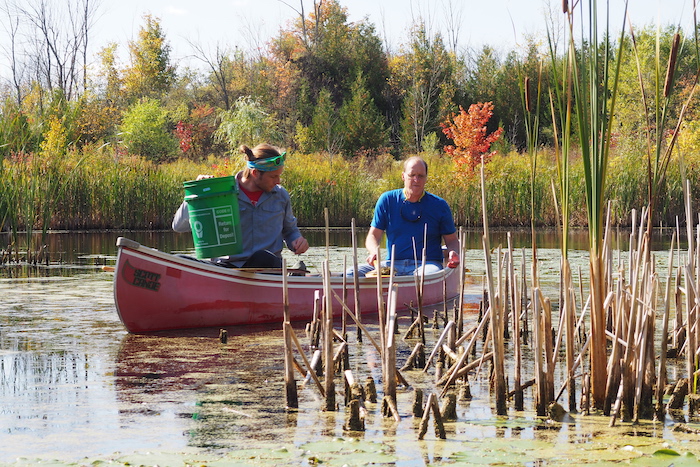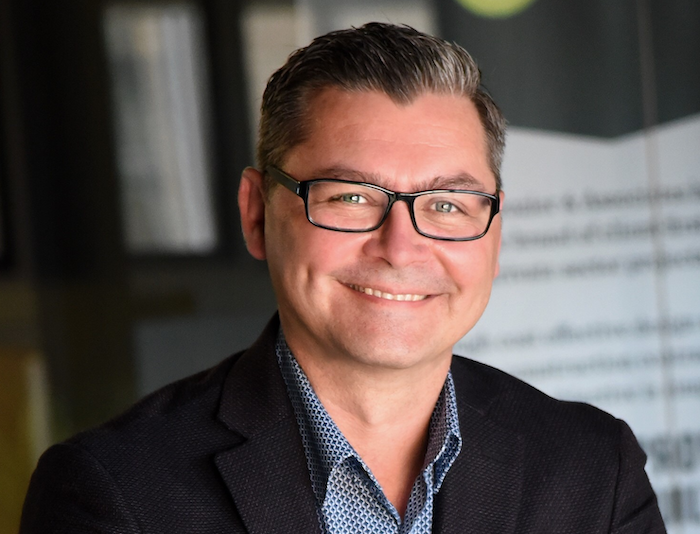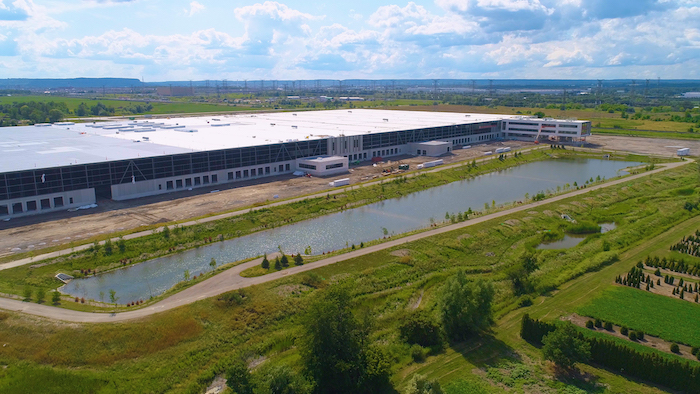
Conversation: Futureproofing stormwater management
August 24, 2020
By CCE
Climate change suggests a need for targeted vegetation.
Nick Mocan, P.Eng., is the newly appointed president of C.F. Crozier & Associates, a land development engineering firm with several offices in Milton, Toronto, Bradford and Collingwood, Ont. In recent years, he has been leading research projects with two universities—Wilfrid Laurier and Western—to improve the performance of stormwater management (SWM) ponds across the province, through design and targeted vegetation plantings, in response to threats posed by climate change and nutrient loads.
How did you get involved in these research initiatives?
I’m a water resource engineer by training, as is our firm’s founder, CEO and former president, Chris Crozier, P.Eng. After looking at our own SWM facility and bioretention system projects were performing, we reached out to Clare Robinson, associate professor at Western, and Kevin Stevens, assistant professor at Laurier, in an effort to leverage our combined expertise to study these sites and look for ways to optimize future designs. Our work is also partly funded by the Natural Sciences and Engineering Research Council (NSERC) and Ontario Centres of Excellence (OCE).
Why has this work been important?
In Ontario, for the most part, we’re following provincial ministry of environment guidelines from 2003, but since then, (a) we’ve observed changes in the climate and (b) low-impact development techniques like bioretention systems have become increasingly popular. New research is needed to find out how these systems are functioning in the field and how we can optimize their performance.
Phosphorus, for example, is an increasingly important issue in areas like the Lake Simcoe watershed, but there is little existing research into how SWM facilities and bioretention systems can be optimized to minimize the discharge of phosphorus into receiving surface waters. The land development industry can do better. That’s where we fit in.
One of the issues we wanted to address is that SWM facilities are designed and regulated to primarily deal with larger, occasional summertime storms, but changes in climate mean they’re now more active in winter, when temperatures are rising above 0 C more frequently, so there is more potential for both rainfall and snow melt. In fact, in winter, many SWM facilities are receiving water every day.
As engineers, we need to draw on other fields of expertise. Collaborating with Kevin at Laurier, we’ve learned that much of the traditional vegetation planted in SWM facilities to help filter water and remove contaminants becomes dormant in the winter. This means during winter runoff events, they’re no longer improving the water quality as intended.
So, we are studying cold-tolerant vegetation that could be implemented at SWM facilities. By examining vegetation characteristics at existing facilities—including species richness, percentage of cover and diversity—and water quality samples obtained from each inlet and outlet, we hope to identify species that can remain active in the winter and continue to remove contaminants.

Assistant professor Kevin Stevens (right) of Wilfrid Laurier University has conducted submerged vegetation sampling at SWM ponds with his students. Now, he is conducting lab research to check which plants work better than others.
What’s next for these projects?
For our SWM facility research, we are partnering with international logistics company DSV Global to develop a ‘living lab’ at the large SWM facility next to their one million square foot industrial facility in Milton. We’ll be setting up monitoring equipment throughout the pond and engaging DSV’s own staff to help take water and vegetation samples. Kevin from Laurier will be installing ‘plugs’ of cold-tolerant vegetation to examine their water quality treatment performance throughout different seasons. By enhancing the pond’s performance, we’ll also be creating a more lush and beautiful environment for DSV’s staff to enjoy.
Meanwhile, with our bioretention research program, the initial round of field examination at six sites is complete and we’re moving into Western’s labs for a series of staged bench-scale experiments. We are nearing our goal of developing revised bioretention media specifications that address deficiencies we’ve seen in the field, like phosphorus leaching instead of being removed. To do this, we need to set up lab experiments that replicate field conditions as well as possible.
So, our next step will be to run these experiments by applying storm runoff onto the bioretention media collected from the field. Upon doing so and comparing with the field results, we’ll begin developing revised media specifications for testing in the lab. Then we hope to start field-testing the revised media in spring 2021.
Optimizing design to address the challenges faced by the land development industry and its regulators is going to be critical over the next several years, but the future of SWM in Ontario is exciting and we’re pleased to be contributing to its advancement.
This article originally appeared in the August/September 2020 issue of Canadian Consulting Engineer.

